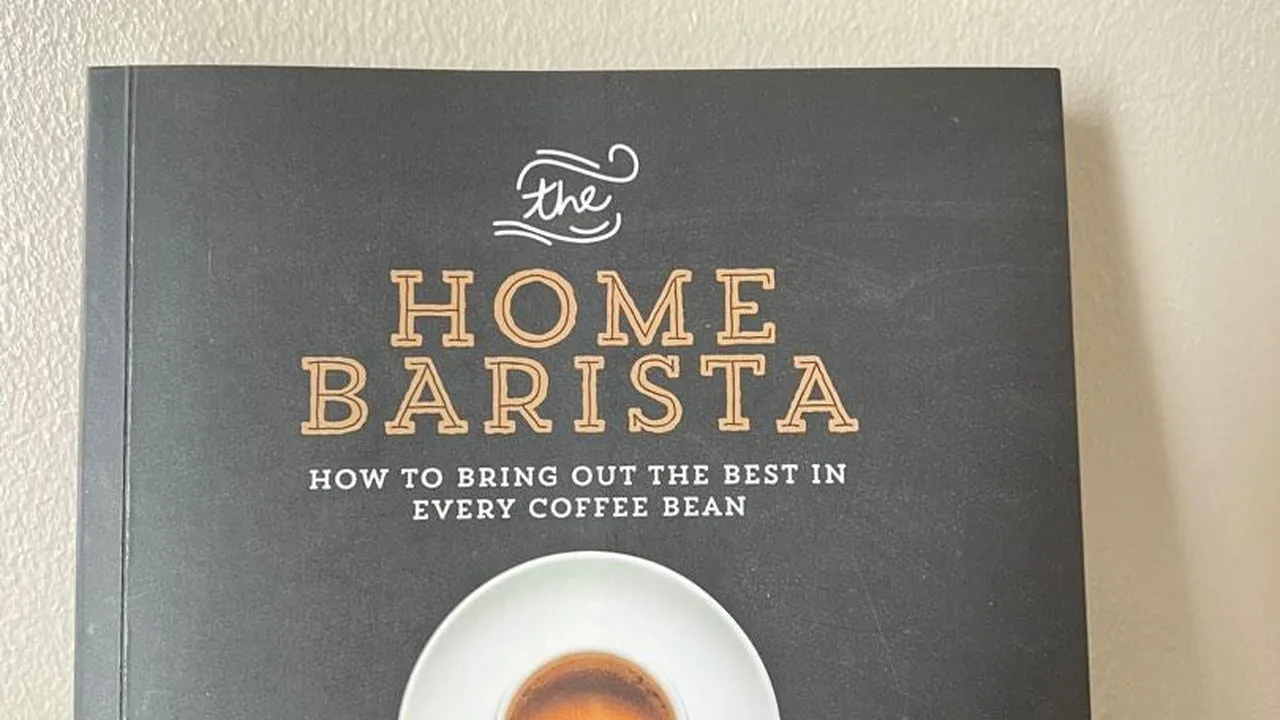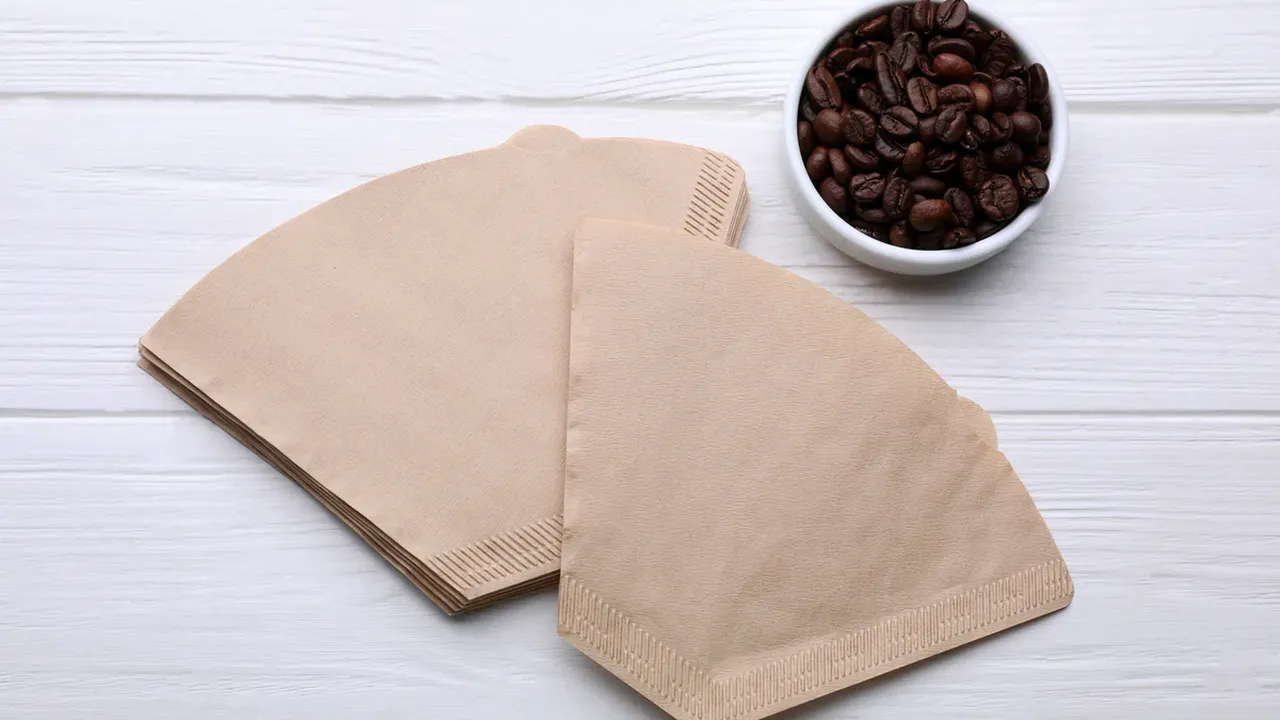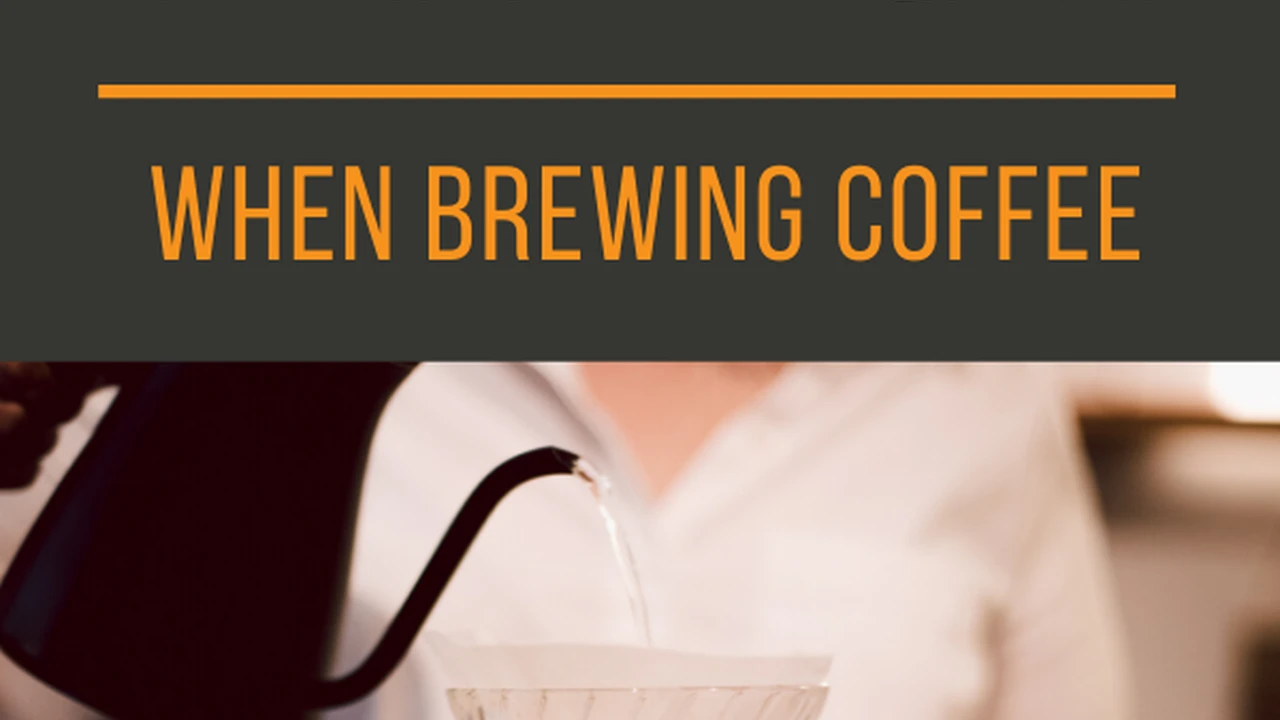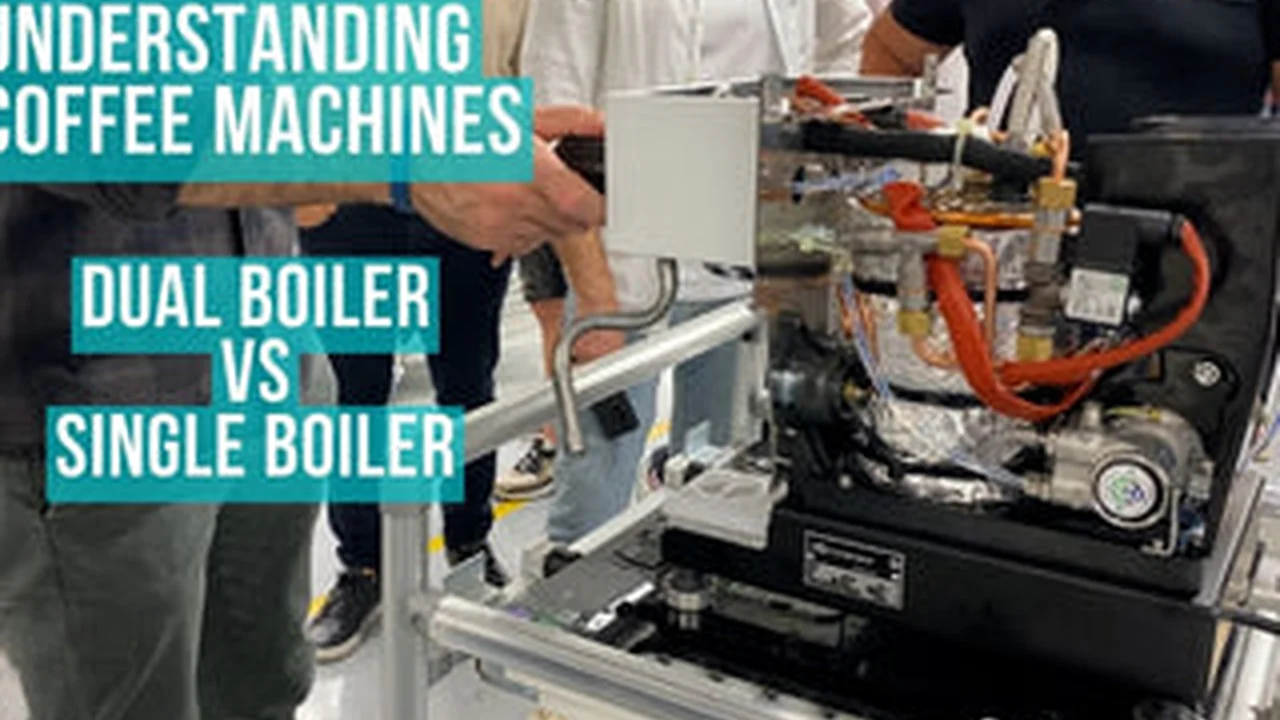Comparing Automatic vs Manual Coffee Brewing
Explore the pros and cons of automatic and manual coffee brewing methods. Decide which approach suits your lifestyle and preferences.
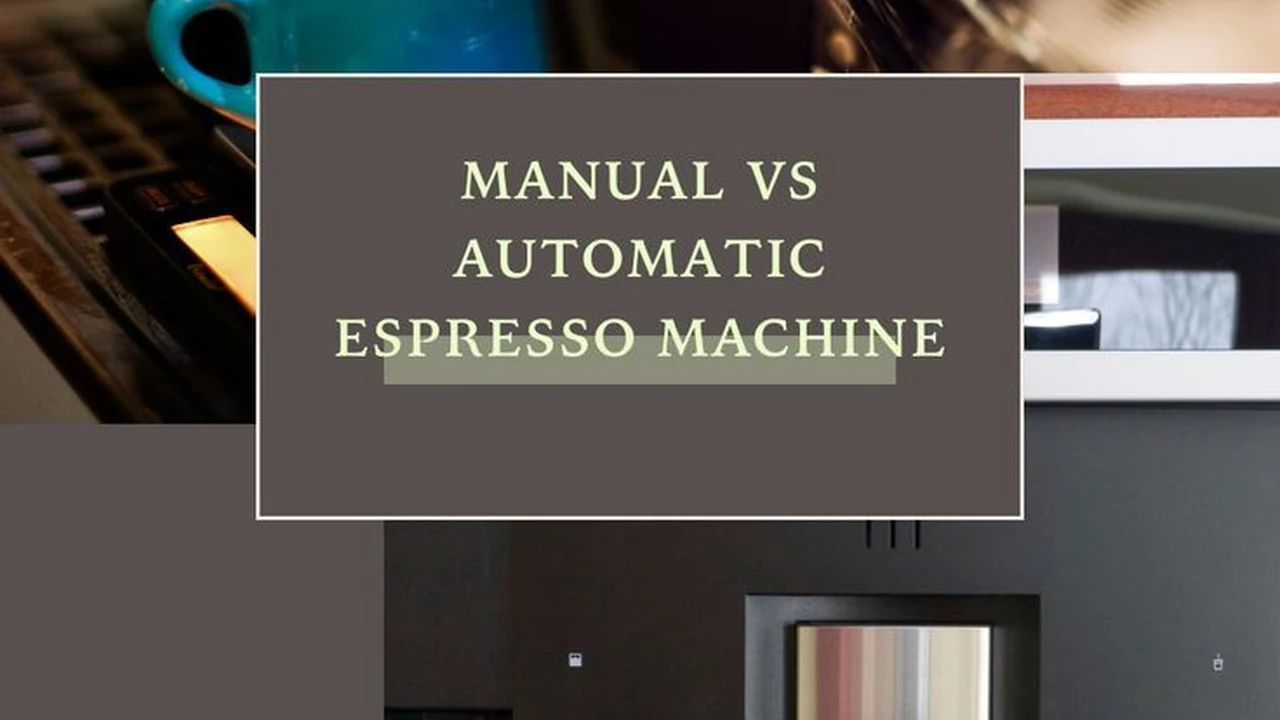
Comparing Automatic vs Manual Coffee Brewing
Hey coffee lovers! Ever stood in front of a coffee machine, wondering if you should go for the push-button convenience or dive into the hands-on art of manual brewing? It's a common dilemma for many home baristas. Both automatic and manual brewing methods have their unique charm, benefits, and drawbacks. Understanding these can help you pick the perfect brewing style that fits your lifestyle, budget, and taste preferences. Let's break it down, shall we?
Automatic Coffee Brewing The Convenience King
Automatic coffee makers are designed for ease and consistency. You load the water, add your ground coffee, press a button, and voilà – coffee is brewed. They handle the precise water temperature, brewing time, and often even the water-to-coffee ratio for you. This 'set it and forget it' approach is incredibly appealing, especially on busy mornings.
Pros of Automatic Coffee Makers for Busy Mornings
- Ease of Use: Seriously, it doesn't get much simpler. Ideal for beginners or those who just want their coffee without fuss.
- Consistency: Once you find a setting you like, automatic machines tend to produce very consistent results cup after cup.
- Speed: Many models brew a full pot in minutes, and some even have programmable timers so your coffee is ready when you wake up.
- Volume: Great for brewing larger batches, perfect if you're serving multiple people or need coffee throughout the day.
- Less Mess: Generally, automatic machines are self-contained, leading to less spillage and easier cleanup compared to some manual methods.
Cons of Automatic Coffee Makers for Flavor Control
- Less Control: You're often limited to the machine's pre-set parameters. This means less room for experimentation with variables like bloom time, pour rate, or temperature.
- Potential for Stale Coffee: If you're brewing a full pot and not drinking it immediately, the coffee can sit on a hot plate, leading to a burnt or stale taste.
- Maintenance: While easy to use, they often require regular descaling and cleaning to prevent mineral buildup and maintain performance.
- Cost: High-end automatic machines with advanced features can be quite expensive.
Popular Automatic Coffee Maker Models and Their Features
When it comes to automatic coffee makers, there's a wide range of options. Here are a few popular choices, highlighting their features, typical use cases, and price points:
Bonavita Connoisseur 8-Cup One-Touch Coffee Maker
- Features: This machine is SCAA certified, meaning it meets strict standards for brewing quality. It boasts a powerful 1500-watt heater that maintains optimal brewing temperature (195°-205°F), a flat-bottomed filter basket for even extraction, and an optional pre-infusion mode. It's designed to mimic the pour-over method.
- Use Case: Perfect for coffee enthusiasts who want the convenience of an automatic machine but demand high-quality, consistent brews. Great for daily use for 1-4 people.
- Price: Typically ranges from $150 - $200 USD.
- Comparison: Stands out for its brewing precision, often outperforming other drip machines in its price range. It's less about fancy features and more about excellent coffee.
Technivorm Moccamaster KBGV Select
- Features: Hand-built in the Netherlands, the Moccamaster is renowned for its durability and exceptional brewing. It features a copper heating element that rapidly heats water to the ideal temperature, a unique cone-shaped brew basket, and a glass carafe with a hot plate that keeps coffee warm without burning. It also has a selector switch for brewing half or full carafes.
- Use Case: Ideal for those who prioritize longevity, build quality, and consistently excellent drip coffee. Suitable for families or offices.
- Price: Generally $300 - $350 USD.
- Comparison: A premium option that justifies its price with superior build quality, repairability, and a 5-year warranty. It's a long-term investment for serious drip coffee drinkers.
Cuisinart DCC-3200P1 Perfectemp Coffee Maker
- Features: A popular and more budget-friendly option, this Cuisinart model offers 14-cup capacity, fully automatic with 24-hour programmability, self-clean function, and brew strength control. It uses a charcoal water filter to improve taste.
- Use Case: Great for larger households or those who entertain frequently. Its programmability is a huge plus for morning routines.
- Price: Around $80 - $120 USD.
- Comparison: Offers excellent value for its features and capacity. While it might not match the brewing precision of a Bonavita or Moccamaster, it's a reliable workhorse for everyday use.
Manual Coffee Brewing The Art of the Craft
Manual brewing, on the other hand, is all about hands-on involvement. Think pour-over, French press, AeroPress, or Moka pot. You control every variable: water temperature, pour rate, steep time, and even the grind size. This level of control allows for incredible customization and the ability to truly extract the nuanced flavors from your coffee beans.
Pros of Manual Coffee Brewing for Flavor Exploration
- Ultimate Control: This is the biggest advantage. You can fine-tune every aspect of the brewing process to achieve your perfect cup.
- Flavor Nuance: Many argue that manual methods allow for a cleaner, more nuanced flavor profile, as you can optimize extraction for specific beans.
- Portability: Many manual brewers (like AeroPress or pour-over drippers) are compact and travel-friendly.
- Affordability: The initial investment for most manual brewers is significantly lower than automatic machines.
- Engaging Process: For many, the ritual of manual brewing is a meditative and enjoyable part of their day.
Cons of Manual Coffee Brewing for Time and Effort
- Time Consuming: It takes more time and attention, which might not be ideal for rushed mornings.
- Learning Curve: There's a definite learning curve to master different manual methods and achieve consistent results.
- Inconsistency: Without practice, your results can vary from cup to cup.
- Single Serve Focus: Most manual methods are best for brewing one or two cups at a time, making them less suitable for large groups.
- More Gear: While the brewer itself is cheap, you might need additional gear like a gooseneck kettle, a scale, and a good grinder to get the best results.
Popular Manual Coffee Brewing Methods and Their Gear
Let's look at some popular manual brewing methods, the gear you'll need, and what kind of coffee experience they offer:
Hario V60 Pour Over Dripper
- Method: A classic pour-over method known for producing clean, bright, and aromatic coffee. Water is poured slowly and evenly over a bed of coffee grounds in a cone-shaped dripper.
- Required Gear: Hario V60 dripper (ceramic, glass, or plastic), Hario V60 paper filters, a gooseneck kettle for precise pouring, a coffee scale, and a burr grinder.
- Use Case: For those who appreciate clarity of flavor and enjoy the ritual of brewing. Great for single servings.
- Price: V60 dripper: $10 - $30 USD. Gooseneck kettle: $40 - $100 USD. Scale: $20 - $50 USD.
- Comparison: Offers more control over extraction than a French press, resulting in a cleaner cup without sediment.
AeroPress Coffee Maker
- Method: A versatile immersion brewer that uses air pressure to extract coffee. It can make concentrated shots for espresso-like drinks, or full-bodied coffee.
- Required Gear: AeroPress, AeroPress paper filters, a stirring paddle. A burr grinder is highly recommended.
- Use Case: Excellent for travel, camping, or quick, consistent single servings at home. Very forgiving and easy to clean.
- Price: AeroPress: $30 - $40 USD.
- Comparison: Extremely portable and durable. Offers a clean cup similar to pour-over but with more body, and can produce a concentrated shot for milk drinks.
French Press Coffee Maker
- Method: A full immersion method where coarse coffee grounds steep in hot water, then a plunger with a mesh filter is pressed down to separate the grounds from the liquid.
- Required Gear: French press (glass, stainless steel), coarse ground coffee.
- Use Case: For those who prefer a rich, full-bodied coffee with a bit of sediment. Great for brewing multiple cups.
- Price: French press: $20 - $60 USD.
- Comparison: Produces a bolder, more robust cup than pour-over or AeroPress. Less precise than pour-over but very simple to use.
Moka Pot Stovetop Espresso Maker
- Method: A stovetop brewer that uses steam pressure to force hot water through coffee grounds, producing a strong, concentrated coffee similar to espresso.
- Required Gear: Moka pot (aluminum or stainless steel), finely ground coffee.
- Use Case: For those who love strong, intense coffee, often used for milk-based drinks or as a base for Americanos.
- Price: Moka pot: $25 - $50 USD.
- Comparison: Not true espresso, but a great alternative for a strong, concentrated brew without an expensive espresso machine.
Which Brewing Method is Right for You Your Lifestyle and Preferences
Deciding between automatic and manual brewing really boils down to your priorities. There's no single 'best' method; it's about finding what fits your life.
Consider Your Daily Routine and Time Commitment
- If you're always rushing out the door, an automatic drip machine with a timer might be your best friend. You can wake up to the smell of freshly brewed coffee without lifting a finger.
- If you have a few extra minutes in the morning or enjoy a leisurely weekend brew, manual methods offer a rewarding ritual.
Consider Your Desire for Control and Experimentation
- If you love tinkering, experimenting with different variables, and truly understanding how each element affects your coffee's taste, manual brewing will be incredibly satisfying.
- If you prefer consistency and don't want to fuss with details, an automatic machine will deliver reliable results every time.
Consider Your Budget and Space
- Manual brewers generally have a lower upfront cost, but you might invest in accessories like a good grinder and kettle over time. They also take up less counter space.
- Automatic machines can be a larger initial investment, especially for higher-end models, and they typically require more counter space.
Consider Your Preferred Coffee Flavor Profile
- If you prefer a clean, bright, and nuanced cup, pour-over or AeroPress might be your go-to.
- If you like a rich, full-bodied, and robust cup, a French press or Moka pot could be perfect.
- Automatic drip machines can offer a balanced cup, but often lack the extreme clarity or body that manual methods can achieve.
Hybrid Approaches Combining the Best of Both Worlds
You don't necessarily have to choose one or the other. Many coffee enthusiasts use a hybrid approach:
- Weekday Automatic, Weekend Manual: Use your automatic machine for quick weekday brews and indulge in a manual pour-over or French press on weekends when you have more time.
- Automatic for Volume, Manual for Single Serve: Have an automatic machine for when you need a full pot, and a small AeroPress or V60 for a quick, high-quality single cup.
- Automatic Espresso Machine, Manual Filter Coffee: Many people invest in an automatic espresso machine for lattes and cappuccinos, but also enjoy a manual filter coffee for a different experience.
Ultimately, the best brewing method is the one that brings you the most joy and the best coffee experience. Whether you're a convenience seeker or a hands-on artisan, there's a perfect brewing solution out there for you. Don't be afraid to experiment and find what truly makes your coffee sing!
:max_bytes(150000):strip_icc()/277019-baked-pork-chops-with-cream-of-mushroom-soup-DDMFS-beauty-4x3-BG-7505-5762b731cf30447d9cbbbbbf387beafa.jpg)



